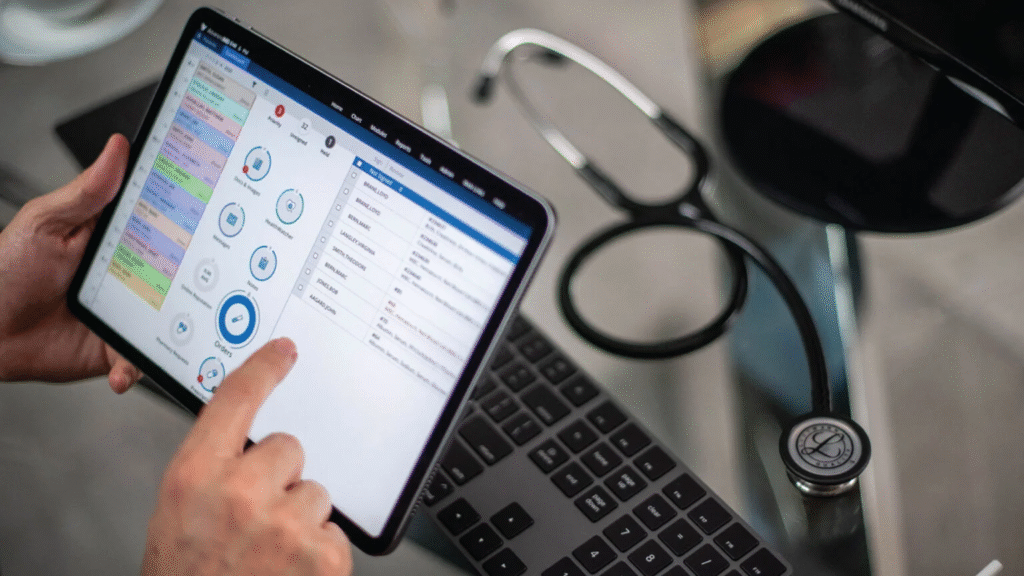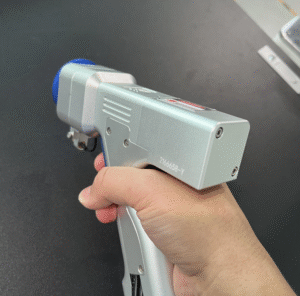
In the past decade, technology has reshaped almost every part of our lives from how we communicate to how we shop. But when it came to healthcare, many doctors were initially hesitant to rely on technology. Concerns about accuracy, patient privacy, and overdependence on machines kept medical professionals cautious. However, the tide has begun to turn. Today, doctors around the world are embracing digital innovations that not only make their work more efficient but also dramatically improve patient outcomes.
Let’s explore why doctors are finally trusting tech and how this trust is transforming modern healthcare.
1. The Shift from Paper to Digital Health Records
For decades, doctors relied on handwritten notes and bulky patient files. It was time-consuming, prone to human error, and often made collaboration difficult. The introduction of Electronic Health Records (EHRs) changed everything.
EHR systems allow doctors to store, update, and access patient data instantly. This means fewer lost records, faster diagnoses, and better communication between departments. For example, a patient visiting a cardiologist can have their lab results automatically shared from their primary physician, saving time and improving continuity of care.
Doctors have grown to trust EHR systems because they simplify their workflows while maintaining accuracy and security. Instead of worrying about misplaced charts, they can now focus on what matters most treating patients.
2. Artificial Intelligence is Becoming a Reliable Partner
One of the biggest breakthroughs in healthcare technology is the rise of Artificial Intelligence (AI). Initially, doctors viewed AI with skepticism, fearing it might replace their judgment. But over time, AI has proven to be a valuable assistant rather than a threat.
AI tools can now analyze medical images, predict diseases, and even suggest personalized treatment options. For instance, AI-powered platforms can detect early signs of cancer in radiology scans with higher precision than traditional methods. These systems help doctors identify potential issues faster, reducing the chances of misdiagnosis.
The trust has grown because AI doesn’t replace expertise it enhances it. Doctors remain in control of decisions while using AI as a second opinion to confirm or refine their findings.
3. Telemedicine: Connecting Doctors and Patients Like Never Before
The pandemic accelerated the adoption of telemedicine, and doctors who once resisted digital consultations began to see its benefits. Video appointments, digital prescriptions, and online follow-ups proved not only convenient but also safe and effective.
Doctors now trust telemedicine because it allows them to reach patients who might otherwise skip appointments due to distance, disability, or time constraints. For patients in remote areas, this is life-changing they can consult specialists without traveling long distances.
Additionally, telemedicine platforms now comply with strict data security regulations, assuring both doctors and patients that their medical information remains private.
4. Wearable Tech and Real-Time Health Monitoring
From smartwatches to fitness trackers, wearable devices have brought health monitoring into daily life. Doctors have found immense value in these tools, which provide real-time data about patients’ heart rates, sleep patterns, oxygen levels, and physical activity.
This continuous data allows doctors to track chronic conditions like diabetes or hypertension more effectively. For instance, a cardiologist can monitor a patient’s heart rhythm through a wearable ECG and intervene before a serious complication arises.
Doctors are trusting these technologies more because they offer continuous, accurate, and actionable insights something periodic clinic visits can’t always provide.
5. Robotics Are Enhancing Surgical Precision
Robotic-assisted surgeries have become a game-changer in modern medicine. Initially, many surgeons were skeptical about using robotic systems in operating rooms. But today, they are among the biggest advocates.
Systems like the da Vinci Surgical Robot allow surgeons to perform complex procedures with incredible precision and minimal invasiveness. Patients benefit from shorter recovery times, smaller scars, and fewer complications.
Doctors trust robotic assistance not because it replaces them, but because it enhances their capabilities. Robots act as extensions of a surgeon’s hands steady, precise, and programmable for accuracy that’s nearly impossible to achieve manually.
6. Data Security and Compliance Have Improved
One of the early reasons for resistance was concern about data breaches and patient privacy. With cyber threats on the rise, these fears were justified. However, healthcare technology has evolved with stronger data encryption, multi-factor authentication, and HIPAA-compliant systems that protect sensitive medical information.
Doctors are more confident using digital platforms now that they meet international privacy and security standards. Trust grew as these technologies demonstrated reliability and transparency in handling patient data responsibly.
7. Predictive Analytics is Reducing Uncertainty
Medicine has always involved an element of uncertainty. Predictive analytics powered by big data helps doctors make more informed decisions.
By analyzing patterns from millions of patient records, predictive algorithms can forecast disease risks, hospital readmissions, and even treatment responses. For example, doctors can now predict which diabetic patients are most likely to develop kidney problems and start preventive care early.
This data-driven approach not only improves accuracy but also boosts doctors’ confidence in making proactive, evidence-based decisions.
8. Doctors Are Seeing Real Results
Ultimately, trust grows from results, and doctors are seeing them. Hospitals that have embraced technology report better patient outcomes, fewer errors, and higher satisfaction rates.
For example, AI-assisted diagnosis tools have cut down emergency room wait times, digital prescriptions have reduced medication errors, and telehealth has made follow-up care easier than ever. These tangible improvements are convincing even the most traditional practitioners that technology isn’t just a trend, it’s the future of healthcare.
9. Continuous Medical Education and Digital Training
Another reason for growing trust is education. Medical professionals today have access to digital learning platforms, virtual simulations, and online medical conferences that keep them updated on new technologies.
Younger doctors entering the field are already tech-savvy, while older physicians are becoming more comfortable with hands-on digital tools through structured training programs. This closing of the “tech gap” has helped foster collective trust in innovation.
Conclusion: A Partnership Built on Proof and Progress
The growing trust between doctors and technology is not blind faith it’s based on consistent results, improved patient experiences, and safer systems. Doctors have realized that embracing technology doesn’t mean replacing the human touch; it means enhancing it.
From AI diagnostics to telemedicine, Clinic Management System Pakistan, and robotic surgery, every innovation is designed to make healthcare more precise, accessible, and humane. The future of medicine lies not in choosing between humans and machines but in building a partnership where both work together for the well-being of every patient.





